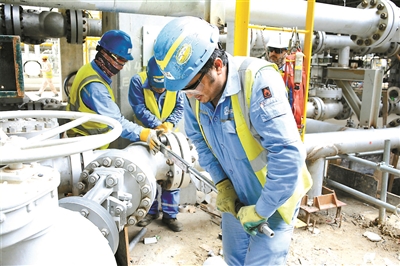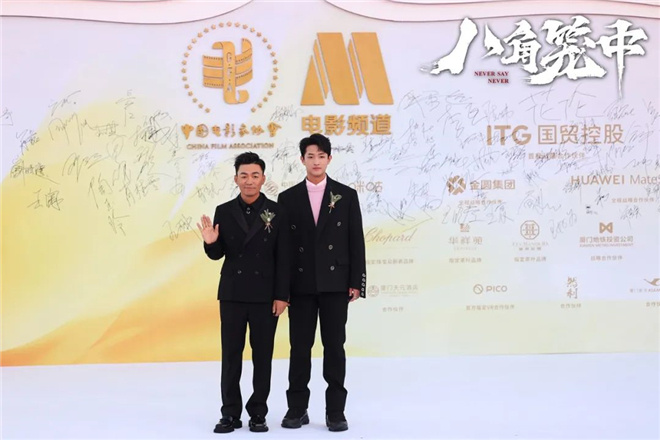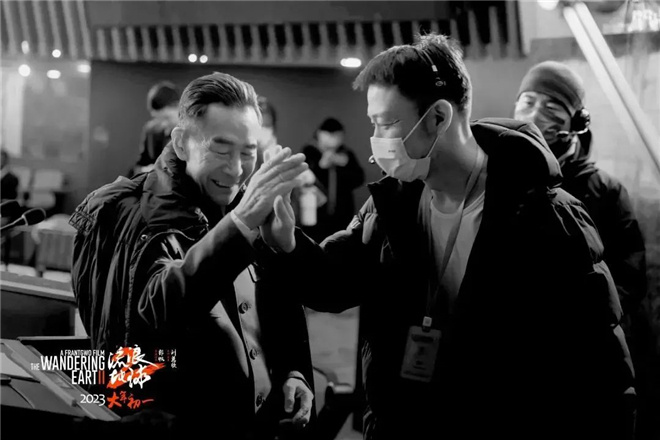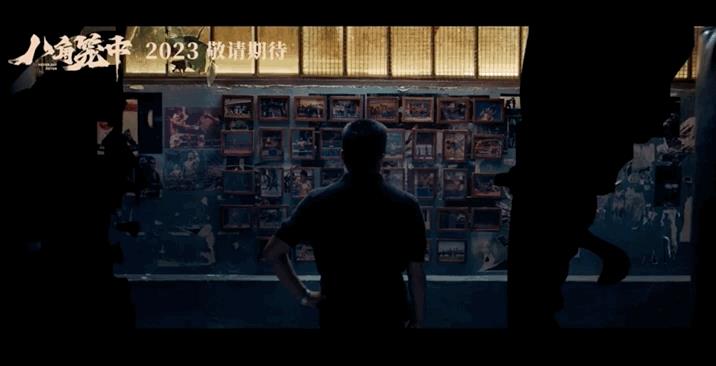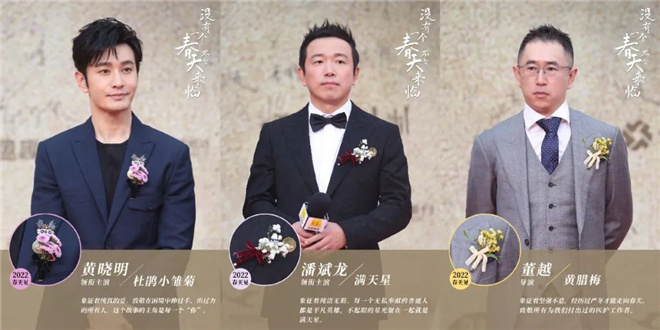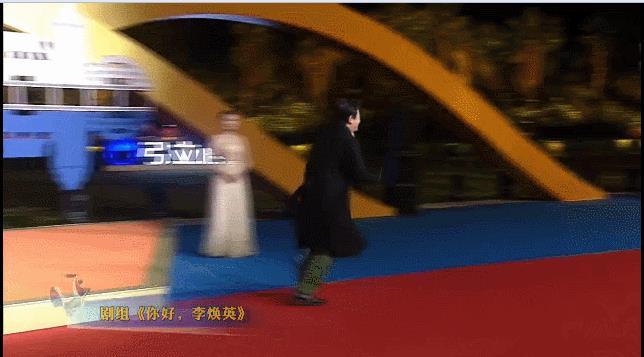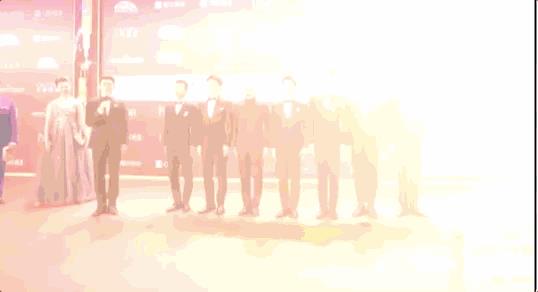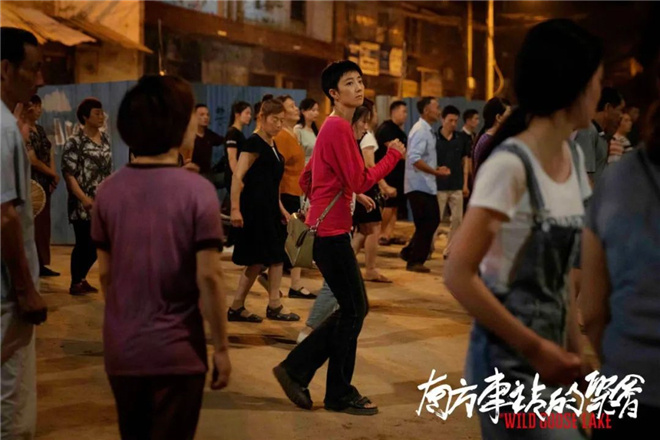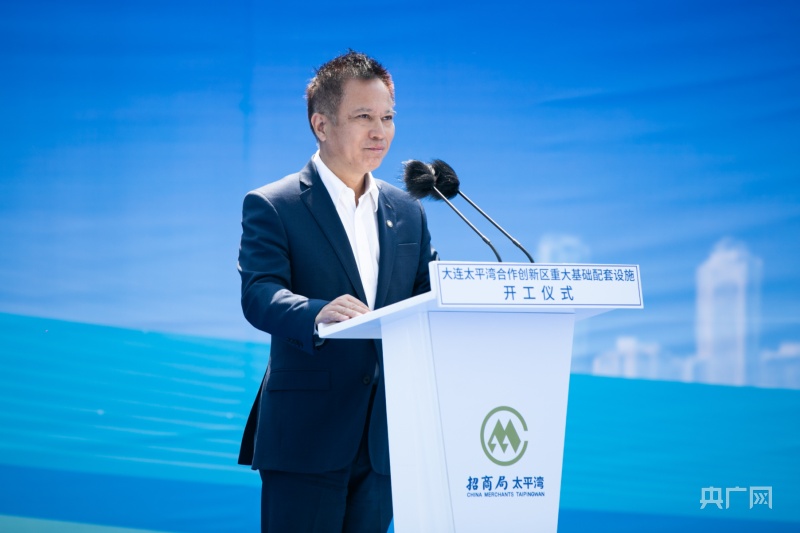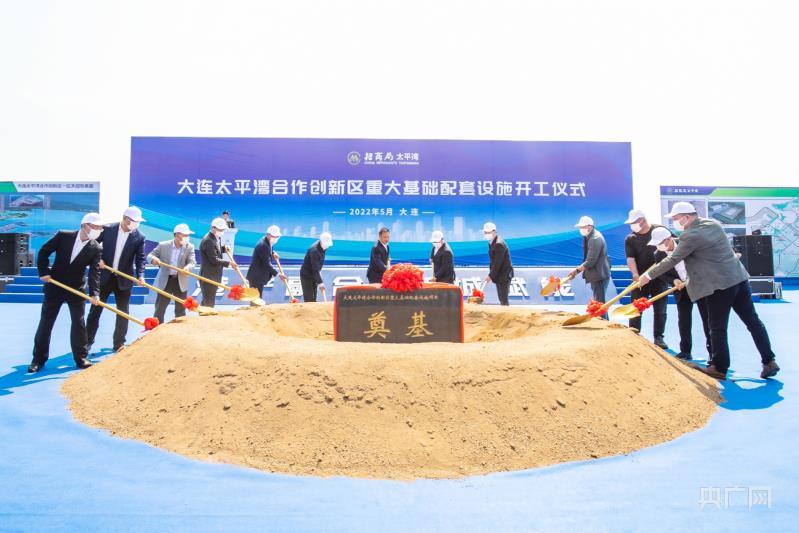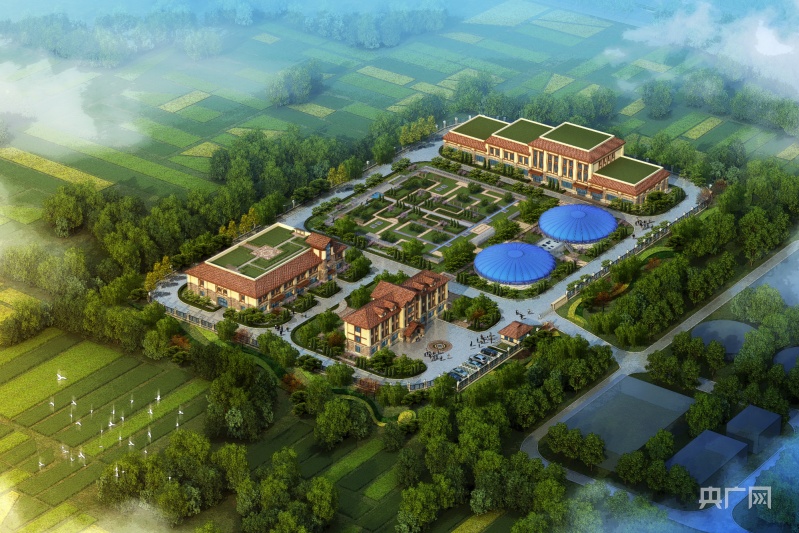The following article comes from architecture magazine, the author architecture magazine.
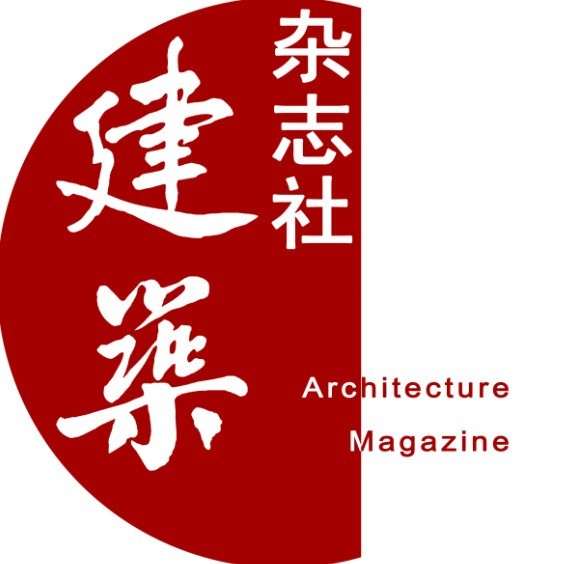
Architectural magazine.
The only periodical publishing unit directly under the Ministry of Housing and Urban-Rural Development is an important public opinion position of the housing and construction system. ■ Urban and Rural Construction magazine (bimonthly, founded in 1956, with the title inscribed by Comrade Deng Xiaoping) ■ Architecture magazine (bimonthly, founded in 1954, with the title inscribed by Marshal Zhu De) ■ Future Urban and Rural Research (internal magazine, published irregularly).


Famous historical buildings

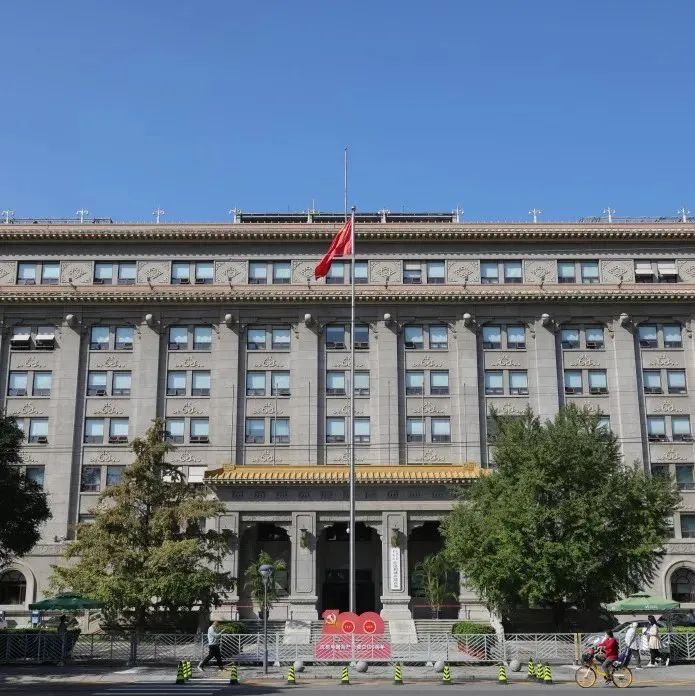
Office building of Ministry of Housing and Urban-Rural Development
(Former Construction Engineering Department)
Location: No.9 Sanlihe Road, Haidian District, Beijing
Completion time: 1954
Designer: Gong Deshun
Coverage: It covers an area of 10 hectares, with a building area of 37,740 square meters, and has a 7-story brick-concrete structure.
Honor: It was included in the 20th century architectural heritage project in China.
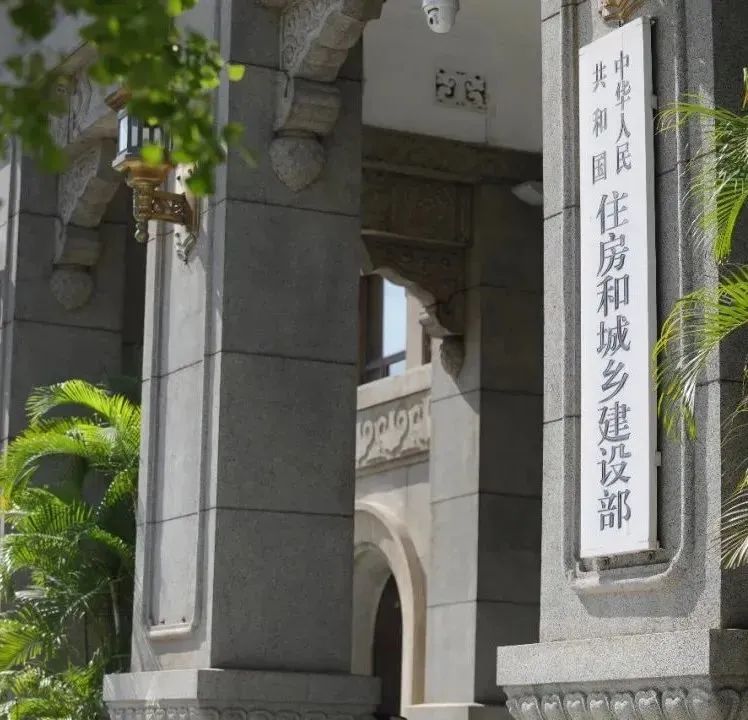
Architecture is the carrier of solidified music and culture, the embodiment and inheritance of urban context, and the nostalgia and memory of generations.
Architecture is a silent history and the most objective witness of the years.
Architecture is an important carrier of scientific and technological development achievements and the crystallization of design innovation, material innovation and construction technology.
These characteristics are all presented in the office building of the Ministry of Housing and Urban-Rural Development (referred to as "the office building of the Ministry of Construction").
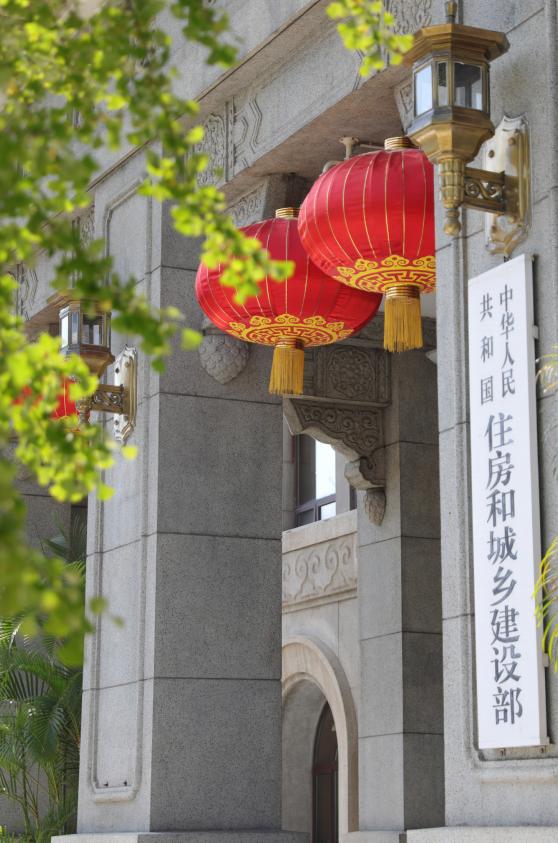
The office building of the Ministry of Construction was built in 1954, and it has been put into use since 1955. It is an important landmark building in Sanlihe area, which has had a wide influence in China’s construction industry and is an objective witness to the development of the Republic’s construction industry.
The office building of the Ministry of Construction is large in scale, simple and majestic, with coordinated overall layout, proper simplicity, economical and reasonable internal layout, simple and generous external decoration. After decades of use test, it is still enduring and attractive, and has been well received by the architectural community. It is one of the best buildings in Beijing after the founding of the People’s Republic of China and a successful design masterpiece in modern architectural history.
gain distinction
On March 31st, 1981, People’s Daily published a news in the 8th edition. Since the founding of the People’s Republic of China in 1949, 37 buildings in China have been listed in the History of World Architecture published in Britain, including the office building of the Ministry of Construction.
In 1993, the office building of the Ministry of Construction won the "Excellent Architectural Creation Award of China Architectural Society (1953-1988)". In 2017, it was selected as "the first batch of China 20th century architectural heritage projects" (jointly organized by China Cultural Relics Association and China Architectural Society).
Famous architect Gong Deshun
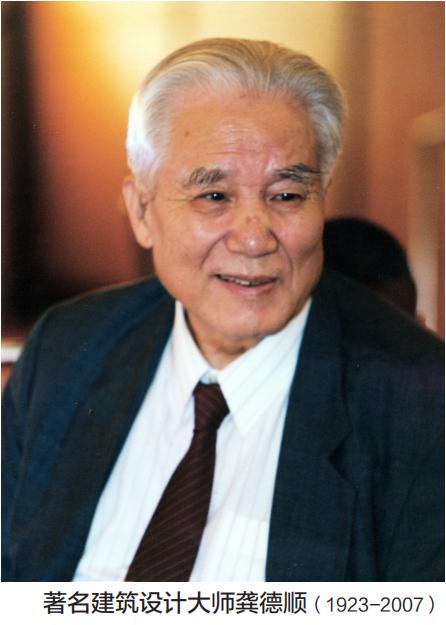
The office building of the Ministry of Construction was designed by Gong Deshun, a master architect (once the director of the Design Bureau of the Ministry of Construction, and a senior architect (professor level) of the Architectural Design Institute of the former Ministry of Construction of China Construction Science and Technology Group, and was awarded the title of "Master of Architectural Design" by the Ministry of Construction in 1989). It was one of the first buildings built after the establishment of New China, and the office areas of various ministries in the State Council were located in the western suburbs (Yuetan area). At that time, the western suburbs were still large areas of farmland and there were no high-rise buildings. After the completion of the main building, it was very conspicuous in the empty western suburbs at that time. After the completion of the North-South Annex Building, a complete building complex was formed, and the main building was even more magnificent.
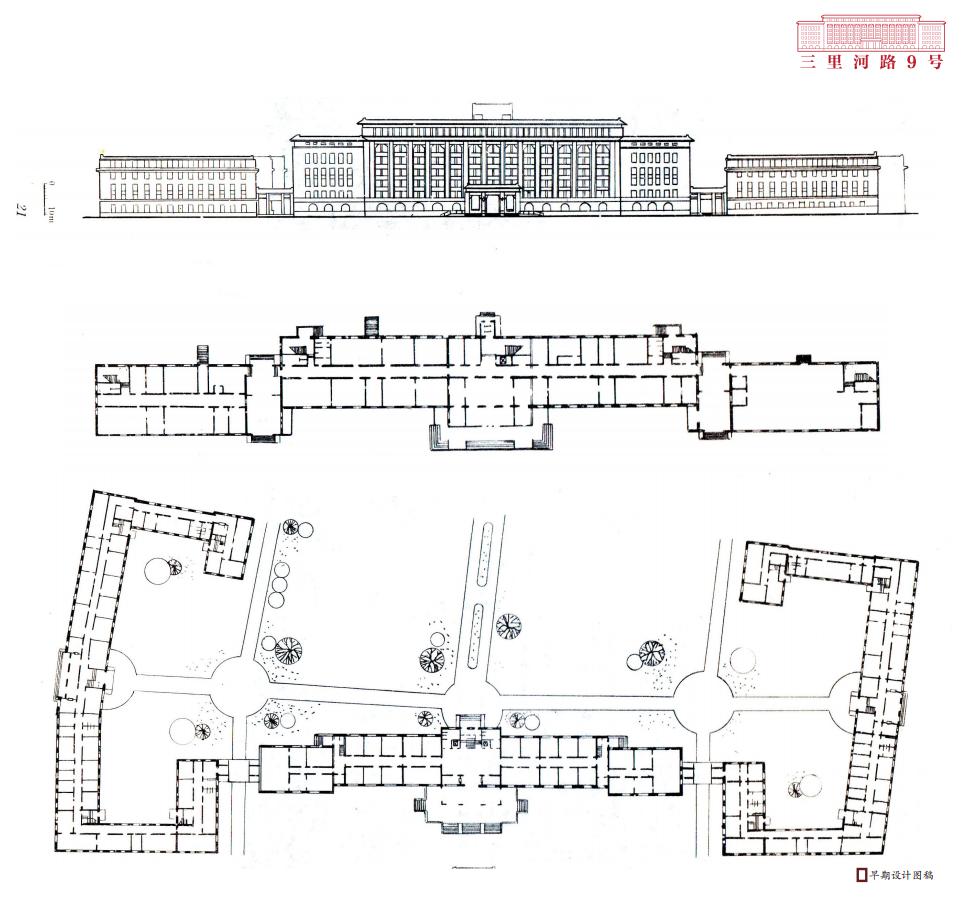
Comrade Liu Shaoqi inspected the office building of the Ministry of Construction.
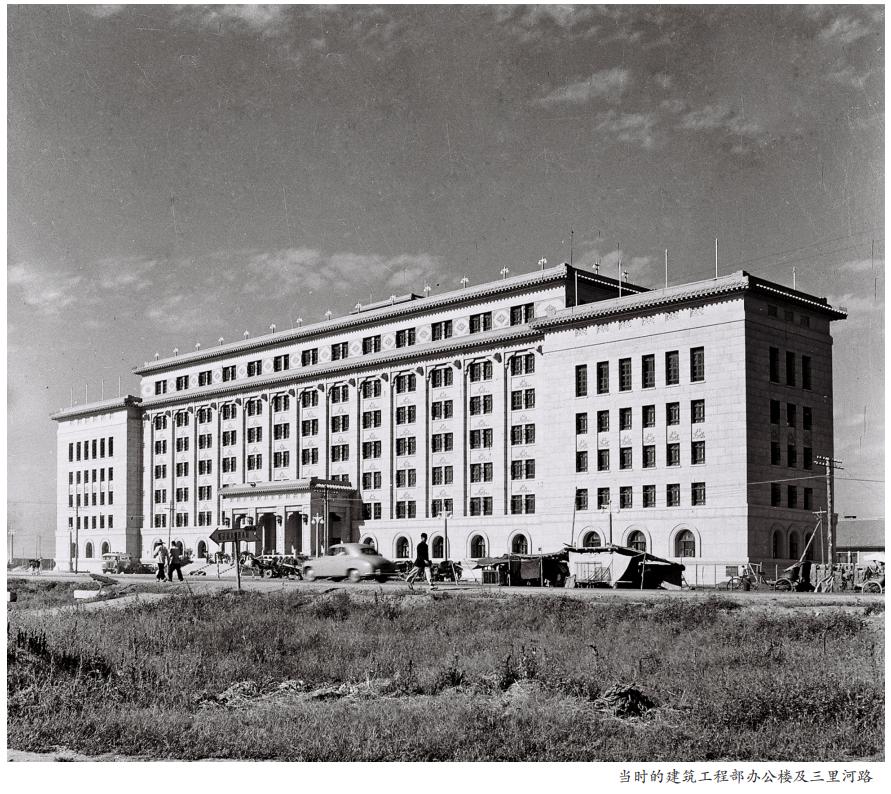
In late spring and early summer of 1955, Comrade Liu Shaoqi inspected the office building of the Ministry of Construction. Designer Gong Deshun and his comrades answered some questions raised by Comrade Liu Shaoqi. For example, the office building has one floor underground and seven floors above ground. The designed floor height is 4.5 meters, the top floor height is 4.0 meters, the other floors are all 3.6 meters, and the five-story auditoriums at both ends are 7.2 meters high. The brick-concrete structure was adopted in the project. At that time, the seismic grade of the area south of Erligou was 6~7. Comrade Liu Shaoqi also inquired about the cost of the office building of the Ministry of Construction, which is 140 yuan/m2. Finally, Comrade Liu Shaoqi also asked Gong Deshun: "What do you personally think are the shortcomings of this design?" Gong Deshun replied: "The nearby people have given this building a nickname, called’ Nine Dragon Wall’, because it is really thin from the north-south direction of the building now, like a shadow wall, and it will not feel thin when the north-south annex building is built in the future. As for the shortcomings, mainly in the design of the five-story auditorium at the north and south ends of the building, for the treatment of the main facade and cornice, the height of two floors is occupied, about 7.2 meters, and the area of one floor is missing; It is a pity that a lot of money was spent on making fake beams during the decoration. These two auditoriums should be converted into two-story offices, so that the two ends of the building will be six floors. The seven-story office in the middle of the building should be properly raised and converted into an auditorium, which is ideal, not only increasing the construction area, but also reducing the cost per unit area of the building. "
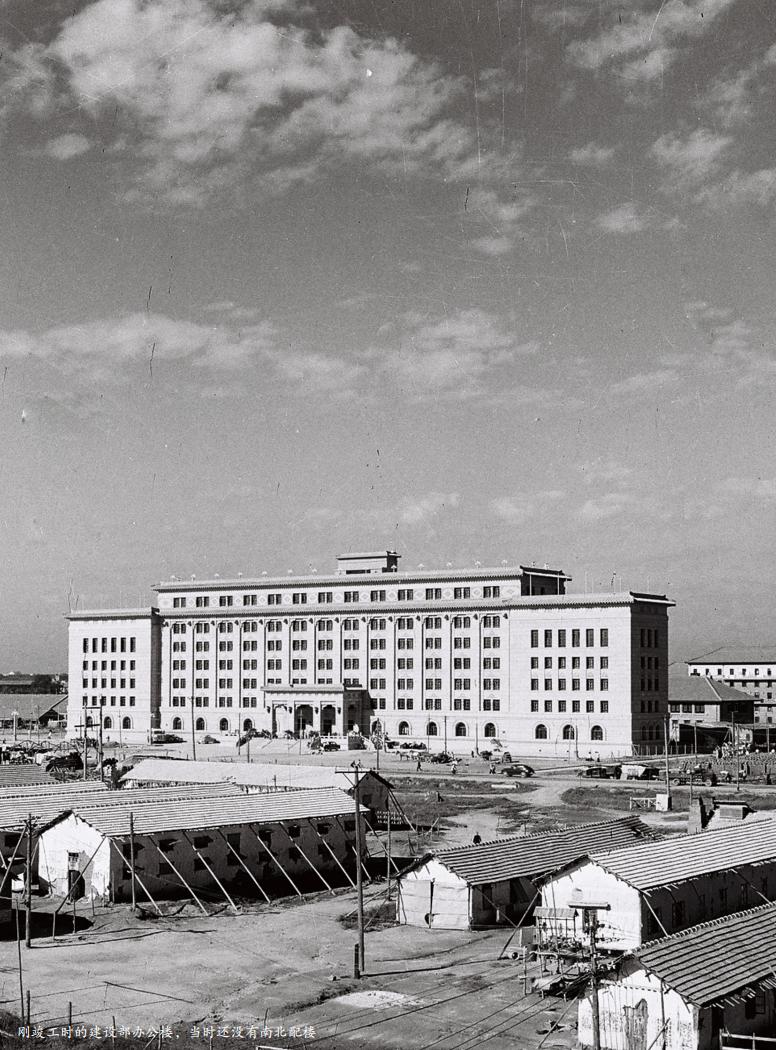
Construction background
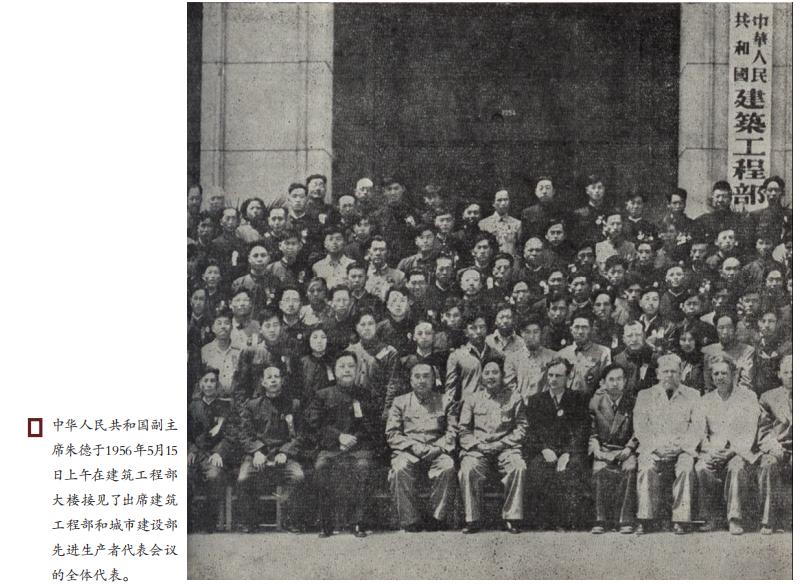
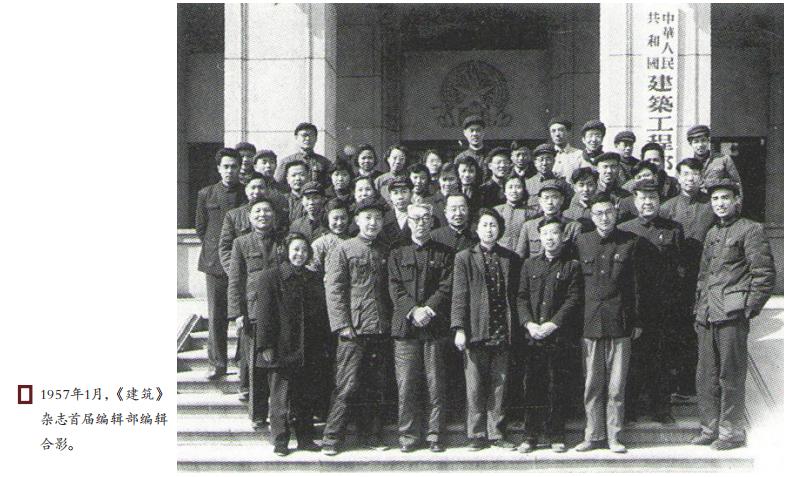
The design and construction period of the office building of the Ministry of Construction coincided with the first "Five-Year Plan" period (1953-1957), and the national economy entered a planned and rapid development period.
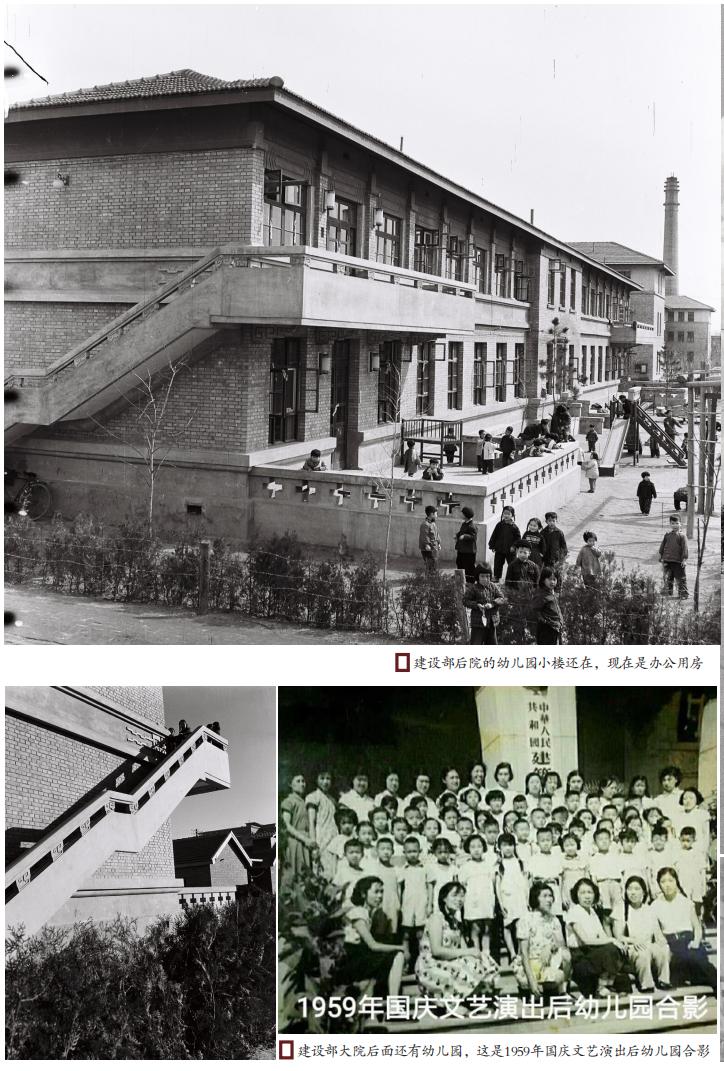
At that time, the architectural design unit learned the design experience focusing on industrial architectural design, and initiated by some influential experts, set off a creative activity of exploring "national forms" characterized by large roofs. In 1954, all kinds of waste in economic construction became increasingly obvious, and the government felt that it was urgent to oppose waste. Subsequently, a large-scale anti-waste action was launched in the construction industry. As an anti-waste measure, the state has proposed to control the construction investment index and reduce the cost of office buildings: 100~160 yuan/square meter for public buildings; The residential building is 30~40 yuan/m2. In this context, the office building of the Ministry of Construction did not adopt the big roof architecture form that was generally designed at that time, but was designed with a flat roof, and the cornice parapet did not use glazed tiles, but was made of water brush stone, which was more economical and applicable, and created the feasibility for adding stories and buildings later.
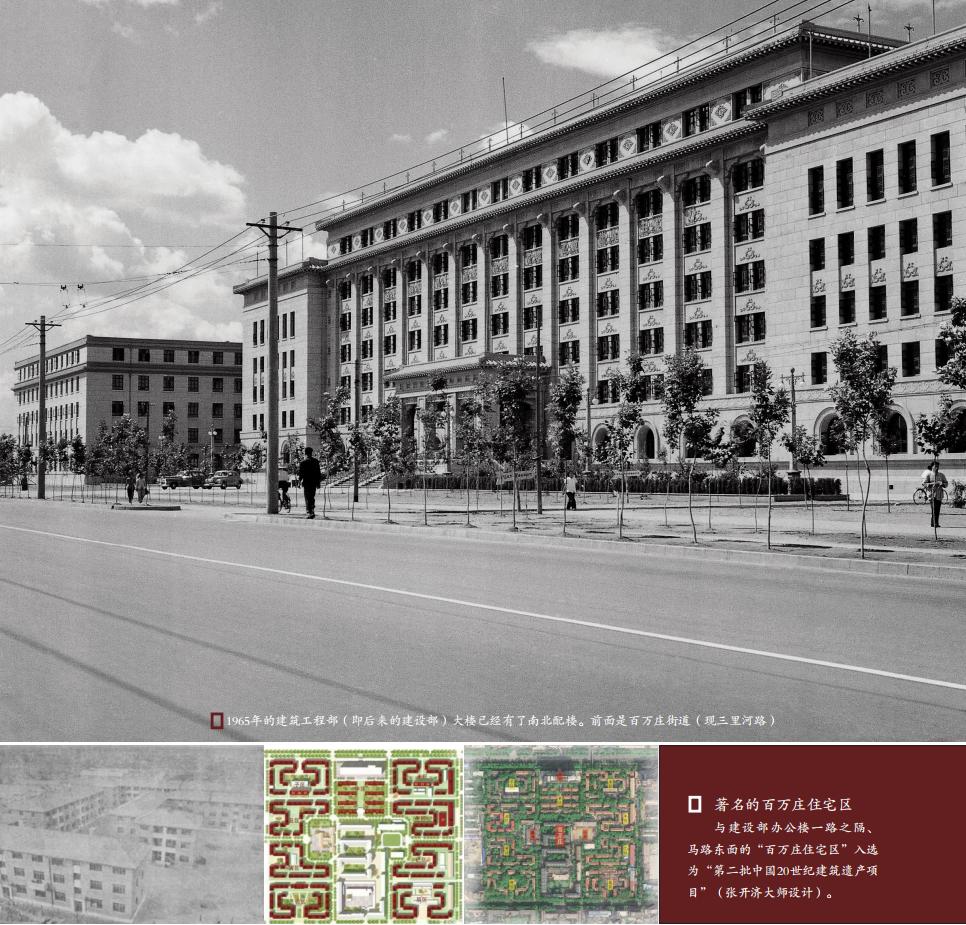
Basic technical indicators
The office building of the Ministry of Construction covers an area of 10 hectares, facing Sanlihe Street, with a building area of 37,740 square meters and a 7-story brick-concrete structure. Under the technical conditions at that time, building such a high building with brick-concrete structure reflects the innovation consciousness and construction level, and it is also challenging. In the plane and vertical traffic treatment, the route is reasonably shortened and the traffic area is compressed, and proper measures are also adopted for fire prevention and earthquake resistance. This building passed the test of Tangshan earthquake in 1976, and there was no safety problem, and it is still as strong as ever today.
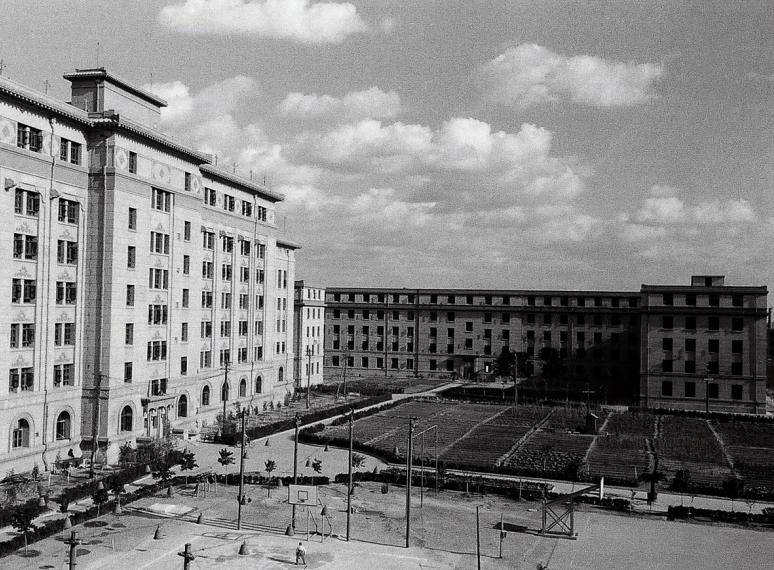
The beam and slab of the load-bearing structure of the office building of the Ministry of Construction is designed according to 3.0m× 6.0m, but the elevation is treated according to 6.0m× 6.0m, in order to avoid the vertical lines of the elevation being too dense and the appearance being more light.
The original main building is 30 meters high and 90 meters wide. Later, the main building and the five-story annex building of the north and south wings built later were integrated into a whole, with a total width of 220 meters, which was basically a national form of axially symmetric buildings.
Planning and design characteristics
The office building of the Ministry of Construction retreats from the red line, forming a Little Square, which is even more magnificent when viewed from a distance. The architectural design fully embodies the "Chinese but new" style advocated by Mr. Liang Sicheng at that time, that is, a modern building with China characteristics. The architectural appearance is mainly flat roof modeling, and the overall modeling is simple and lively, which is both magnificent and economical. Between the south and north annex buildings and the main building, the scale is appropriate and the connection is smooth, and the overall effect of the building is more magnificent.
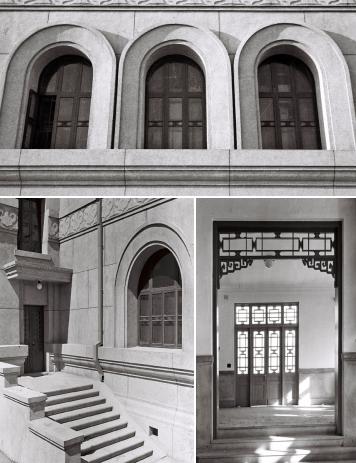
At that time, the design requirements had a certain height and boldness of vision. Considering the characteristics of the new China architecture, the designer absorbed the characteristic modeling elements of the traditional national architecture in China from the ancient stone que, such as adopting the eaves treatment method which was common in the Yuan Dynasty in China, and the facade was treated as a double cornice. The diameter of reinforced concrete overhangs, tiles and dripping water is 18 cm. No matter from which angle, the proportions of all aspects are very appropriate.

one
Agility and vitality
The office building of the Ministry of Construction has successfully used the traditional symmetrical layout of the central axis, with the solemn and magnificent 7-story main building as the central main building and the five-story buildings in the north and south as the wings, thus shaping a national office building with the traditional enclosed space form of China. In the design of architectural style, China’s traditional architectural forms and decorative arts are skillfully used to innovate.
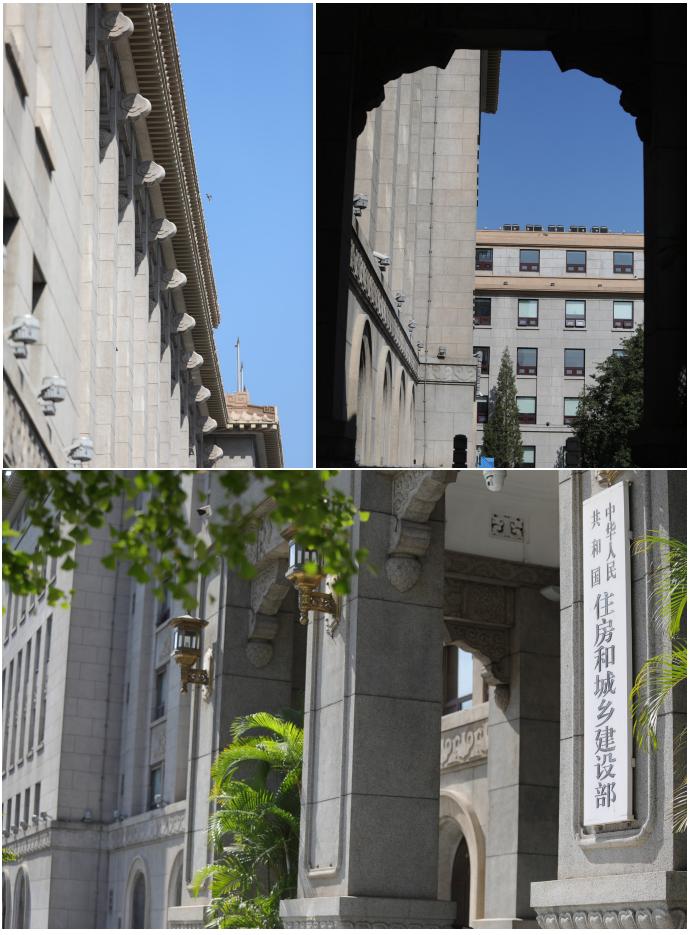
The design of the entrance hall of the office building of the Ministry of Construction is also very clever. The entrance treatment is to highlight a porch in front of the building, and the entrance hall is located in the building. This design requires the height of the entrance hall to be increased, which will make it look spacious.
The passage connection not only has the transition space of the front hall, but also reflects the heaviness, solemnity and atmosphere through the beams and columns. The decoration of glazed tiles not only reflects the inheritance of traditional architecture in China, but also shows agility and vitality through carved stone. The passage and the doorway below expand the overall width and add a solemn atmosphere.
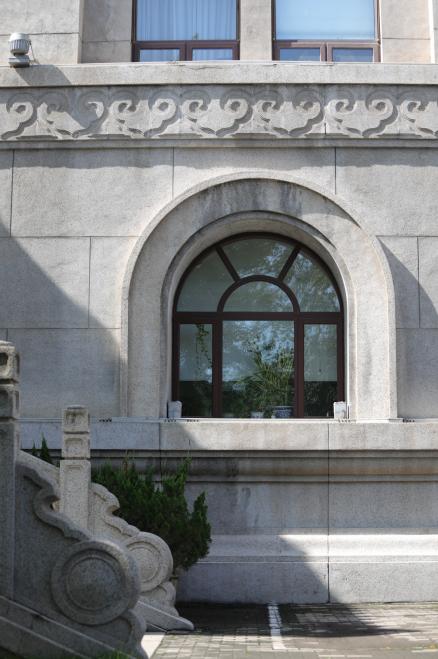
The window cover on the bottom floor is semicircular arch, showing a powerful and strong visual effect. The sill wall under the window of the standard floor is embedded with simple decorative patterns to enrich the aesthetic effect of the facade.
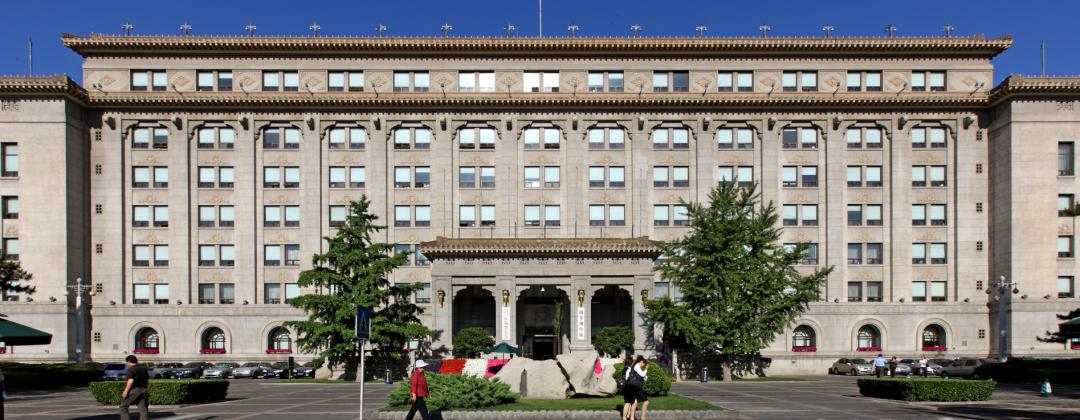
2
Beauty of symmetry
Generally speaking, the functional requirements of office buildings are relatively simple, and there are fewer restrictions on function and content when determining the body shape. Therefore, when determining the body shape, we should first consider whether the building height is in harmony with the surrounding environment and its influence on the city appearance. Building a single main building on an empty site, symmetrical style can better meet the requirements of public aesthetics, especially the shape of the building itself should pay attention to the effects from all angles to avoid "a thin sheet" shape. For example, before the building of the Ministry of Construction was connected to the north and south wings, the masses called it the "Nine Dragon Wall" and the "Great Wall of the People". After the construction of the north-south annex building, the situation has completely changed. It can be seen that symmetry is very important for a large office building.
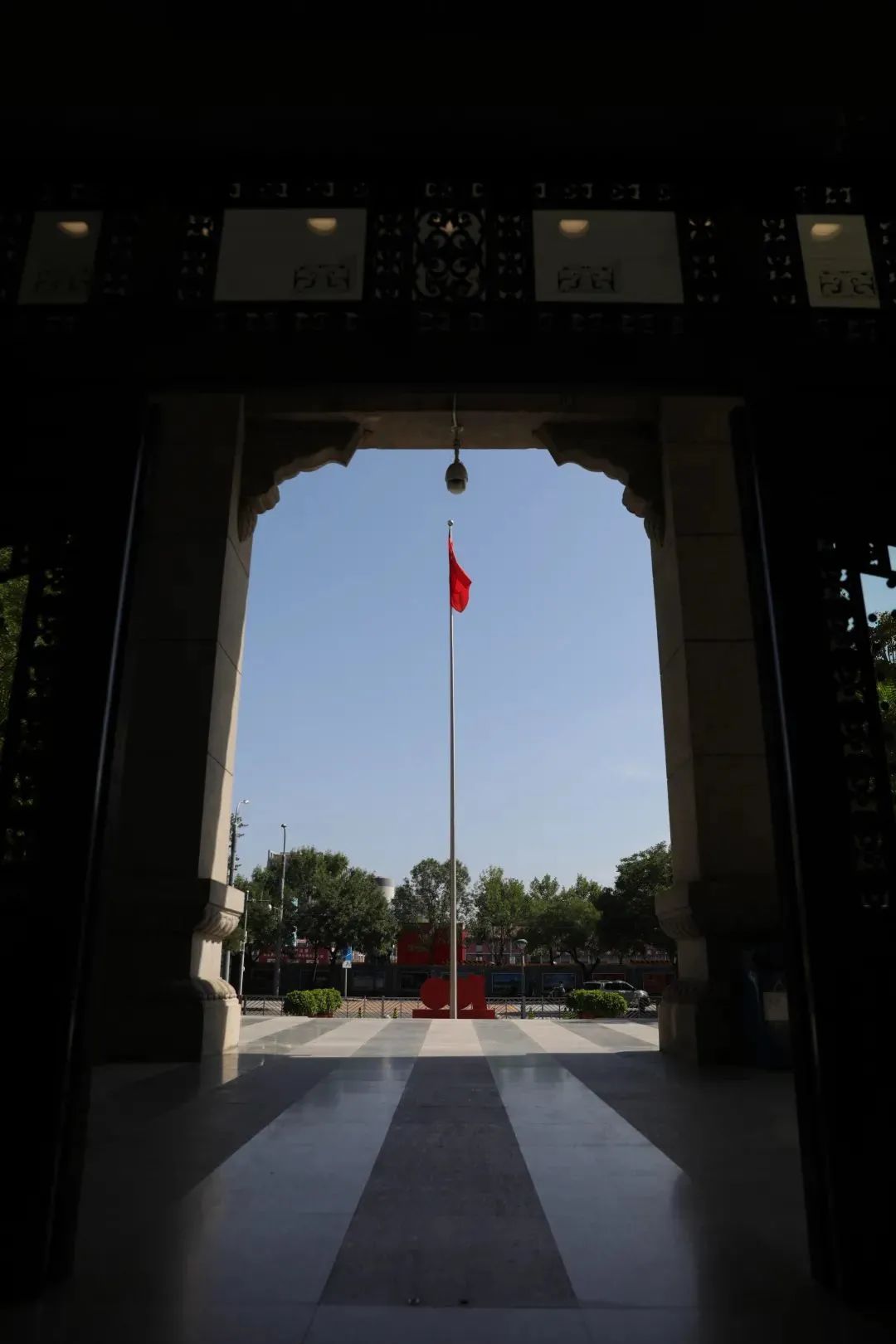
According to Han Aixing, former deputy director of the Standard and Quota Department of the Ministry of Housing and Urban-Rural Development, the main building and annex building were built and rebuilt several times separately. For the first time, only six floors of the main building were built, and then four floors of the north-south annex building were built. Later, it was found that the main building was not high enough, and the seventh floor of the main building was added. After the addition of the main building, it was found that the annex building was not high enough, and finally the fifth floor of the north-south annex building was added. Finally, the current architectural complex pattern of the main building and the annex building was formed.
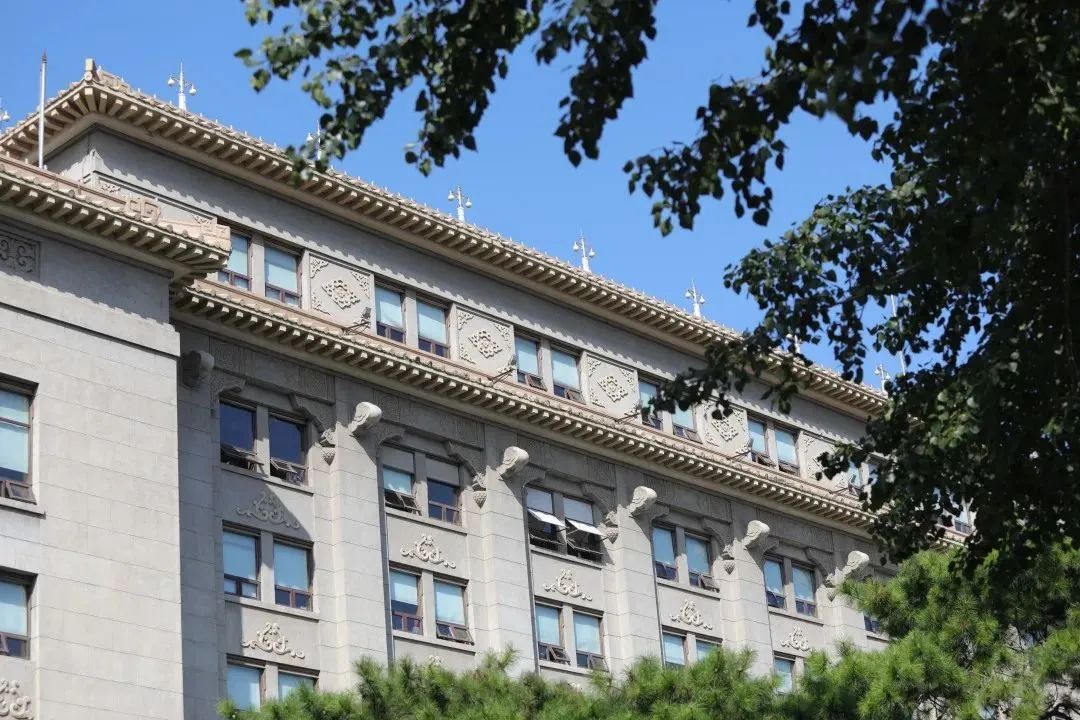
three
See the foundation for details.
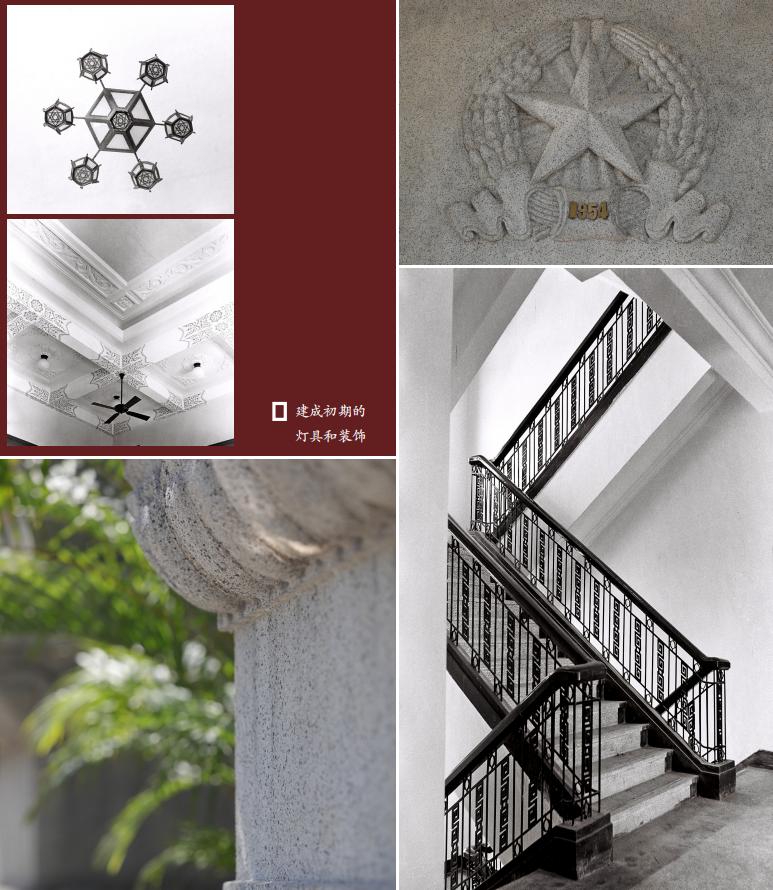
In architectural design, the architect fully considered the traditional elements of China architecture, combined with local residential styles, stone buildings, decorative patterns, etc., and finally presented both the historical and cultural heritage of China architecture and the diversity, reflecting the characteristics of national architecture. For example, creatively drawing lessons from the overhanging practice of ancient stone chambers more than 1,000 years ago, the double eaves are decorated with glazed hooks and dripping water, and the traditional patterns such as moving beam heads, sparrows and colored paintings are skillfully used to express architectural details, especially the overhanging eaves, tiles, porches, stone pillars and stone steps. The cornice is picked out by reinforced concrete rafters with reference to the cornice-overhanging technology of traditional buildings in China. Due to repeated full-scale model tests in design, the cornice proportion and size are very appropriate. The exterior wall is made of water brush stone, which is durable.
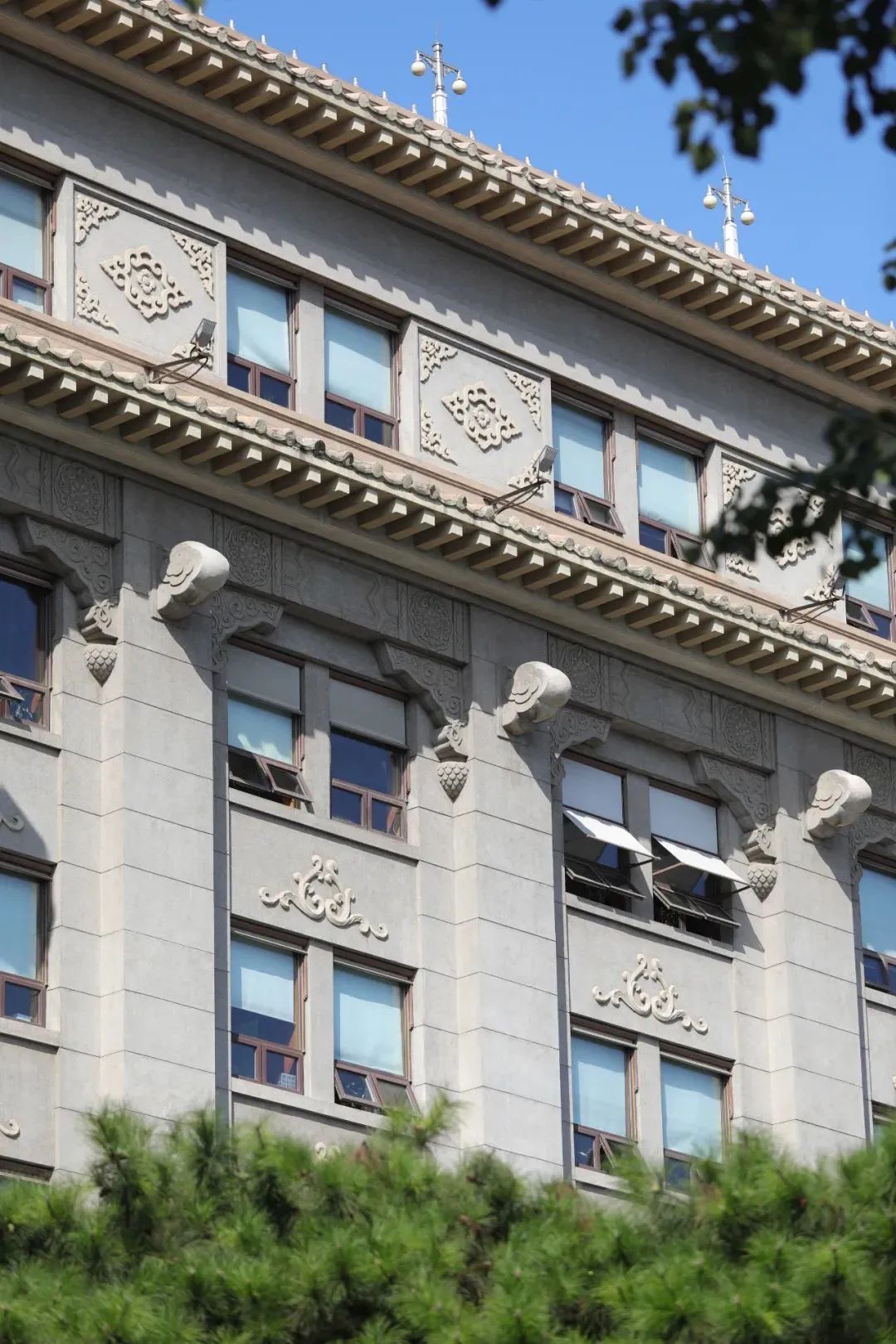
Another detail of the office building of the Ministry of Construction is very reasonable, that is, the main staircase in the office building is set in an obvious position facing the gate. Because the general working hours are concentrated, there are many contacts between the upper and lower floors during office hours, and spacious stairs are particularly suitable. At the same time, in addition to the main staircase, another set of stairs is set on the north and south sides respectively, which is beneficial to solve the problem of crowded people going upstairs and downstairs during peak hours.
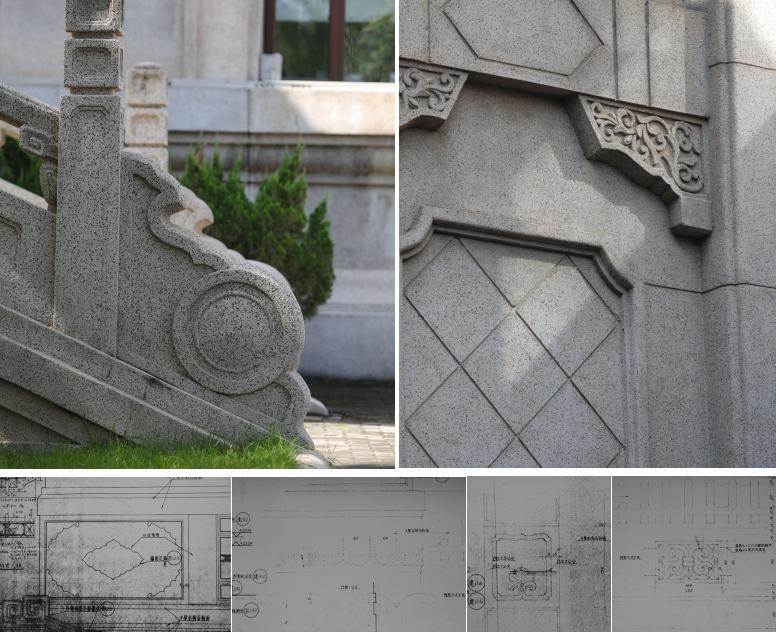
four
Exquisite and elegant demeanor
The architectural details are decorated with simplified China traditional architectural components and patterns, which reflects the traditional architectural style of China. The decorative patterns distributed in various positions of the building are ingenious and exquisite everywhere, which makes the whole building add delicate artistic beauty to its majesty.
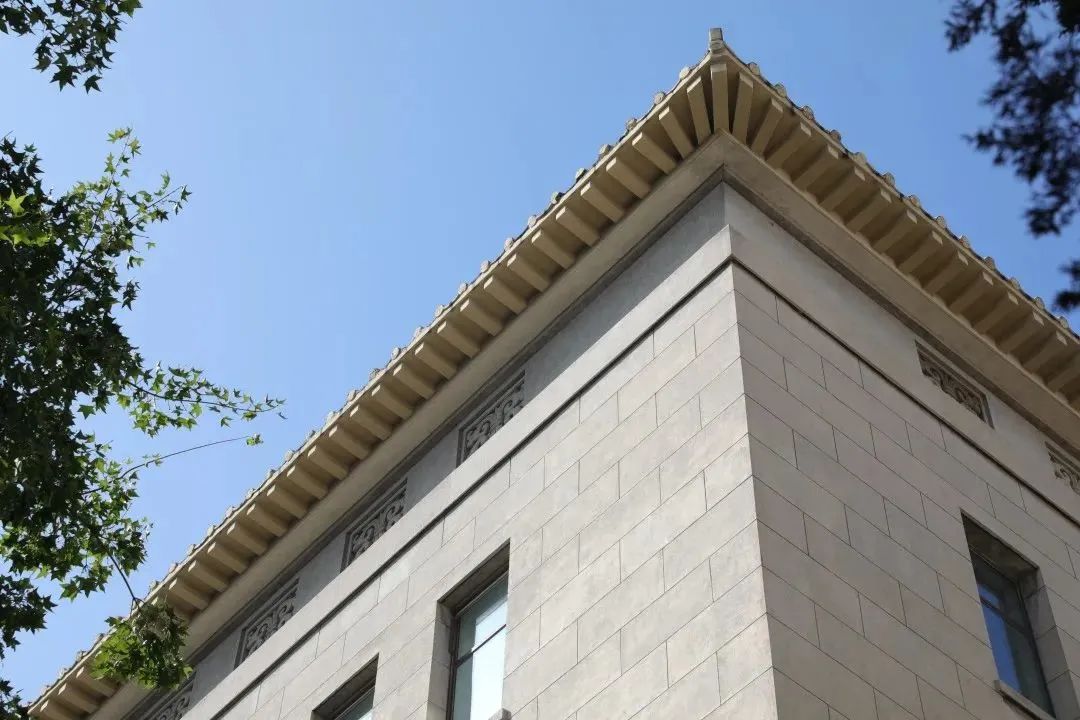
five
remain unshakable and become even firmer as time goes by
According to Gong Deshun’s recollection, the detailed treatment of this building was inspired by the traditional stone buildings in China. The cornice overhang and the size and spacing of the rafters were made of plywood, which were put in place and checked repeatedly at the construction site before they were finally determined.

Gong Deshun raised the parapet on the roof of the five-story conference room on both sides and connected the eaves on the sixth floor to a horizontal plane. The eaves on the sixth and seventh floors and the main entrance and exit porches were designed as small slopes with rafters under the eaves picked out one by one. The architectural details were handled perfectly and played a good aesthetic effect on the facade. The whole building is simple and proper, solemn and generous, simple and magnificent. After decades of tests, it is still a classic building with unique style and is deeply loved by the broad masses of the people.
Mr. Xu Ronglie, the former chief engineer of the Ministry of Construction, once recalled: "The majestic, solemn, elegant, generous and China-rich architectural charm emanating from the artistic style of the office building of the Ministry of Construction has greatly attracted many experts, scholars and people in the industry at home and abroad, especially us young people. After more than half a century of ups and downs, this building is still one of the proud leaders among many high-rise buildings in Beijing. "
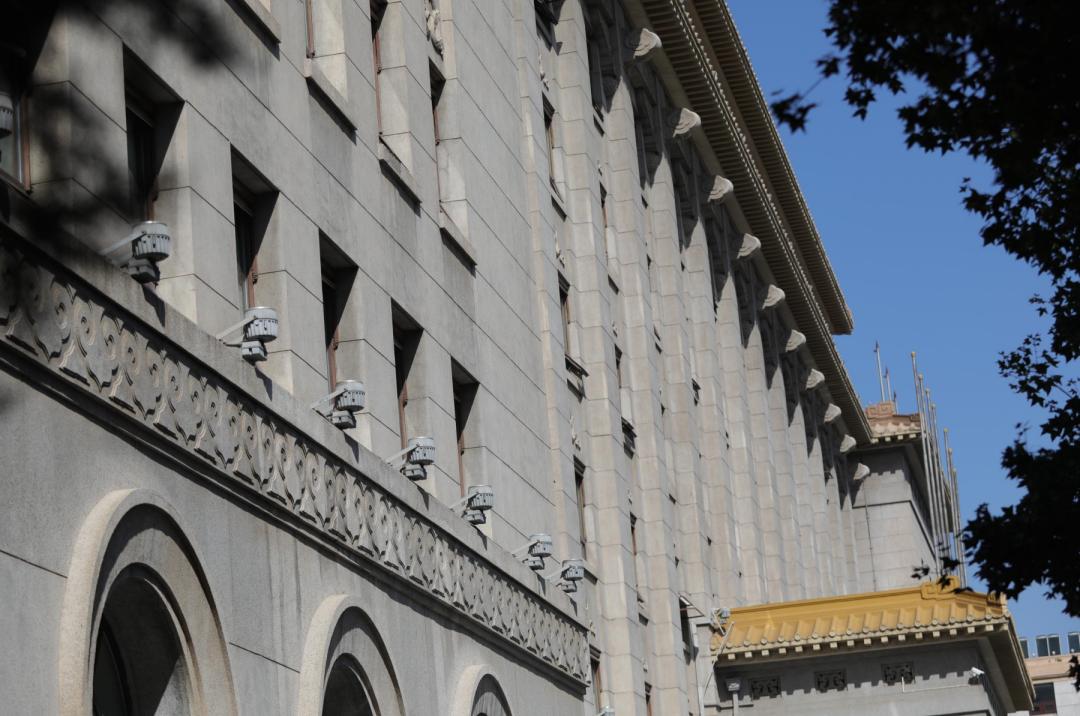
six
Green energy saving
Compared with the classic appearance, the interior space of the building is also remarkable. Whether it is corridor or indoor office space, it shows spacious and bright atmosphere. In order to save energy, the designed wall is thick and the ratio of window to wall is moderate, which can not only meet the lighting requirements, but also achieve the thermal insulation effect, and has the comfort of warm in winter and cool in summer.
At that time, the original appearance of the wooden window was designed, and the two-story window had good thermal insulation effect. According to the memories of the leaders who used to work here, the original windows also have external shading, roller blinds and shading pages made of pine.
After 2000, a maintenance and decoration was carried out, the building was strengthened and the windows were replaced.
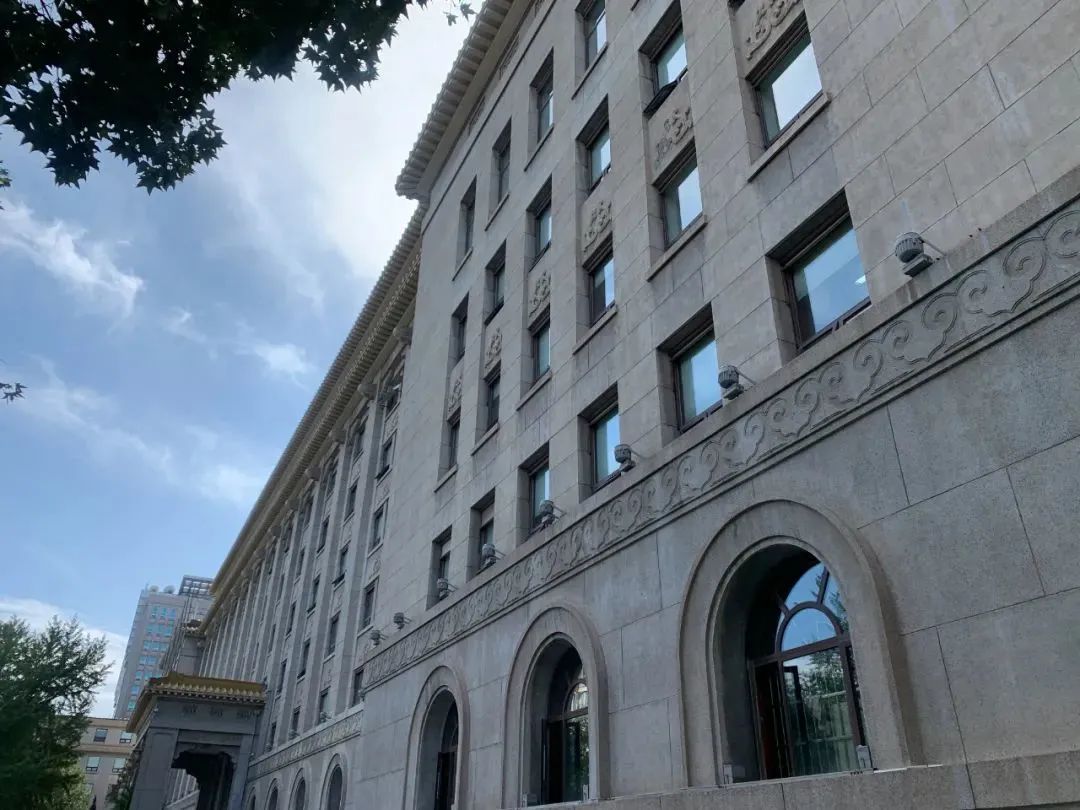
seven
Architectural model
The Beijing Declaration issued at the 20th International Association of Construction (Beijing) Conference held in 1999 pointed out that the development direction of world architecture in the 21st century will be "the localization of modern architecture and the modernization of regional architecture", and the idea of creating "Chinese but new" local modern architecture has risen again, that is, China’s modern architecture is localized, not imported. From this point of view, looking at the office building of the Ministry of Construction today, although it has experienced nearly 70 years of wind and rain, it still stands tall, full of traditional architectural cultural elements, and embodies the modern, cutting-edge and fashion trends, and is still an important representative building to carry forward China’s traditional architectural culture.
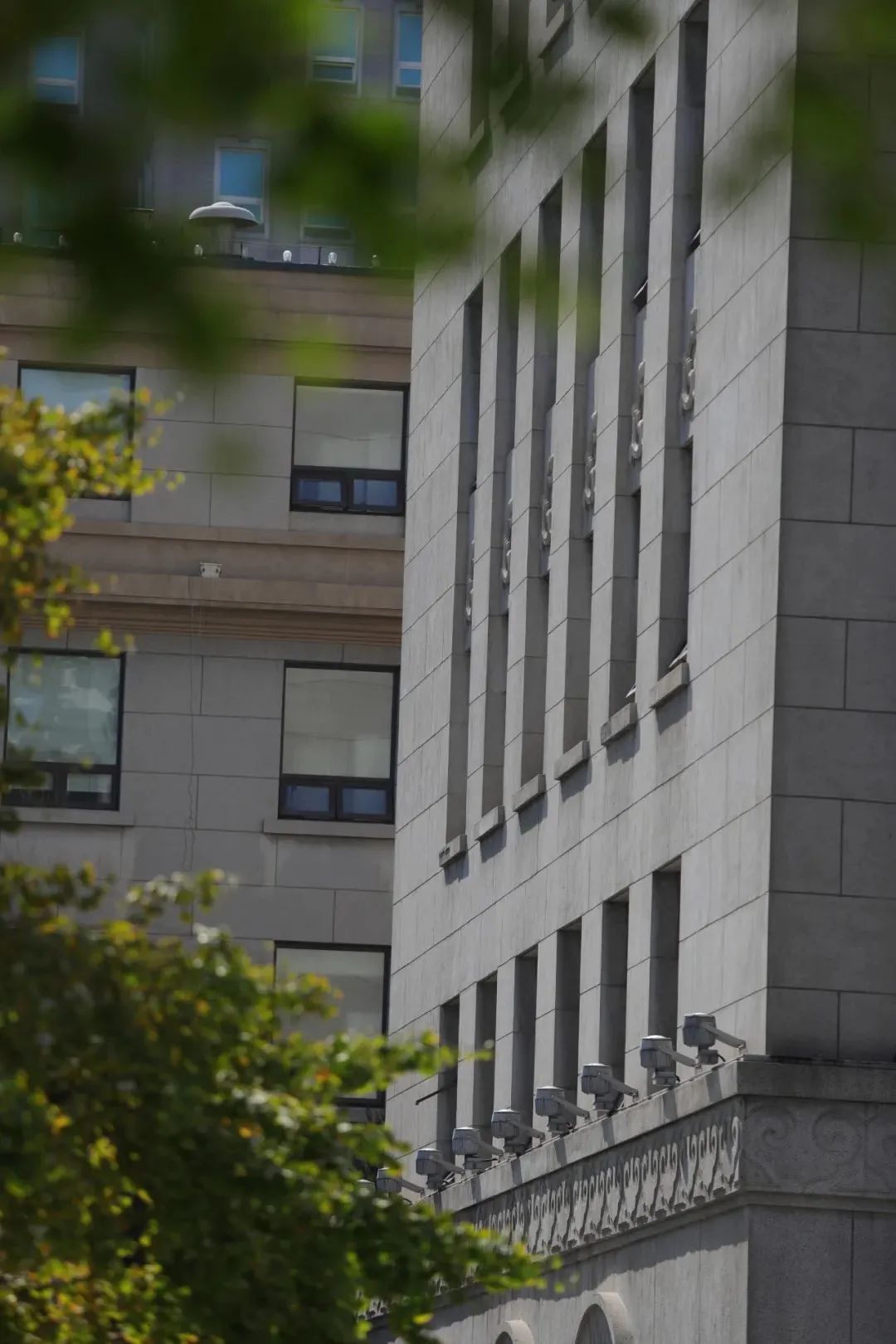
Feng Jicai, a famous writer, once said, "Historical buildings retain a historical space. Because this space still exists, history becomes beyond doubt. In the meantime, history seems to be suddenly enlarged by flesh and blood. The past life forms seem to be called back at any time. Those empty narratives in the history books are all magically and richly resurrected here, and even the spirit of the past can be truly touched. "
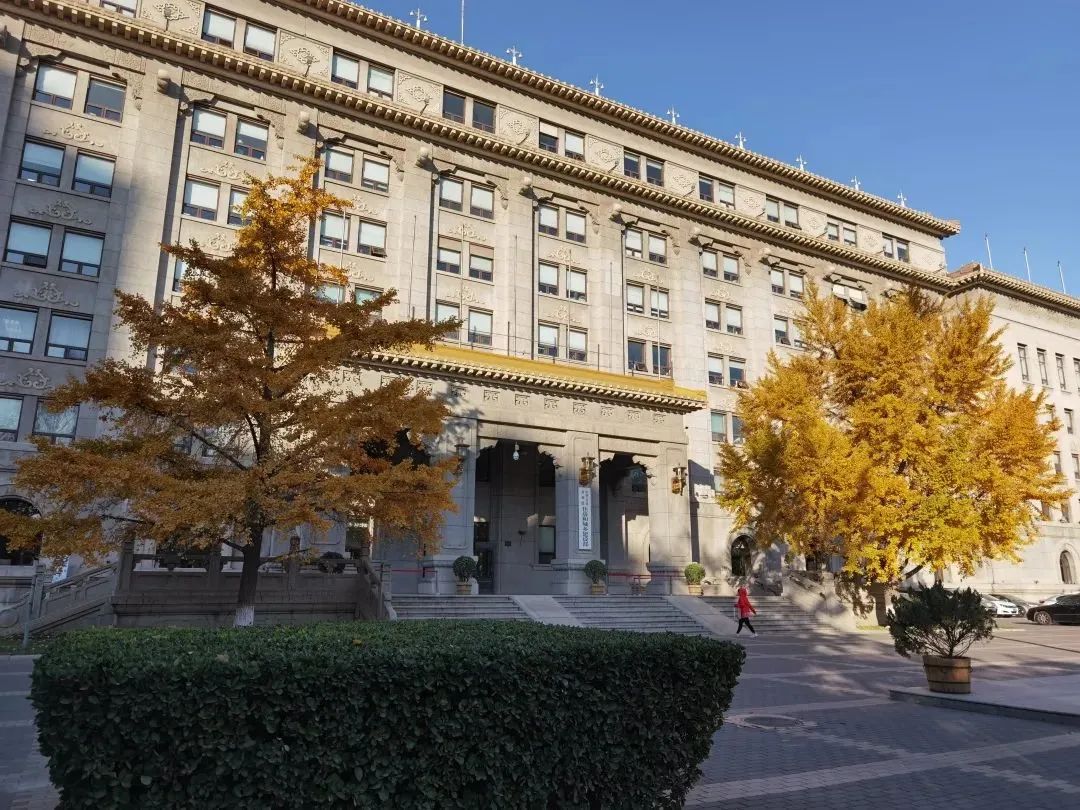
Every autumn, the two ginkgo trees in front of the office building will bring gorgeous colors, attracting office workers and residents in nearby communities to enjoy the scenery and take pictures, which reflects the vitality and vitality of the solemn and elegant office building.
tag
The rain and the hurricane are one child, making contributions to the Sanli River.
The office building of the Ministry of Construction is the representative and epitome of Beijing’s modern administrative office building. After nearly 70 years of wind and rain, it is still majestic, solemn, elegant, generous and simple, with the charm of China traditional architecture, and is hailed as a milestone of China’s architectural modernization.
Compared with ancient buildings with a heavy history, the office building of the Ministry of Construction is closer to our work and life, which embodies the life memories of several generations of builders. The people who have worked in this building from generation to generation, although they have experienced rapid modernization changes, feel extremely cordial and familiar whenever they see it. At the same time, it is an indispensable part of a city’s historical memory, reflecting the history and inheritance of Beijing’s capital.
references
Gong Deshun, Architect
Xiao Tong’s 50 Years in the Construction Industry
Li Xiankui’s Living Protection of Architectural Cultural Heritage
For the original text, see the 20th issue of Urban and Rural Construction.
Special thanks to China Architectural Design and Research Institute Co., Ltd. for providing many precious historical photos!
Original title: "Red Buildings Remember Classics | Office Building of the Ministry of Housing and Urban-Rural Development"
Read the original text
